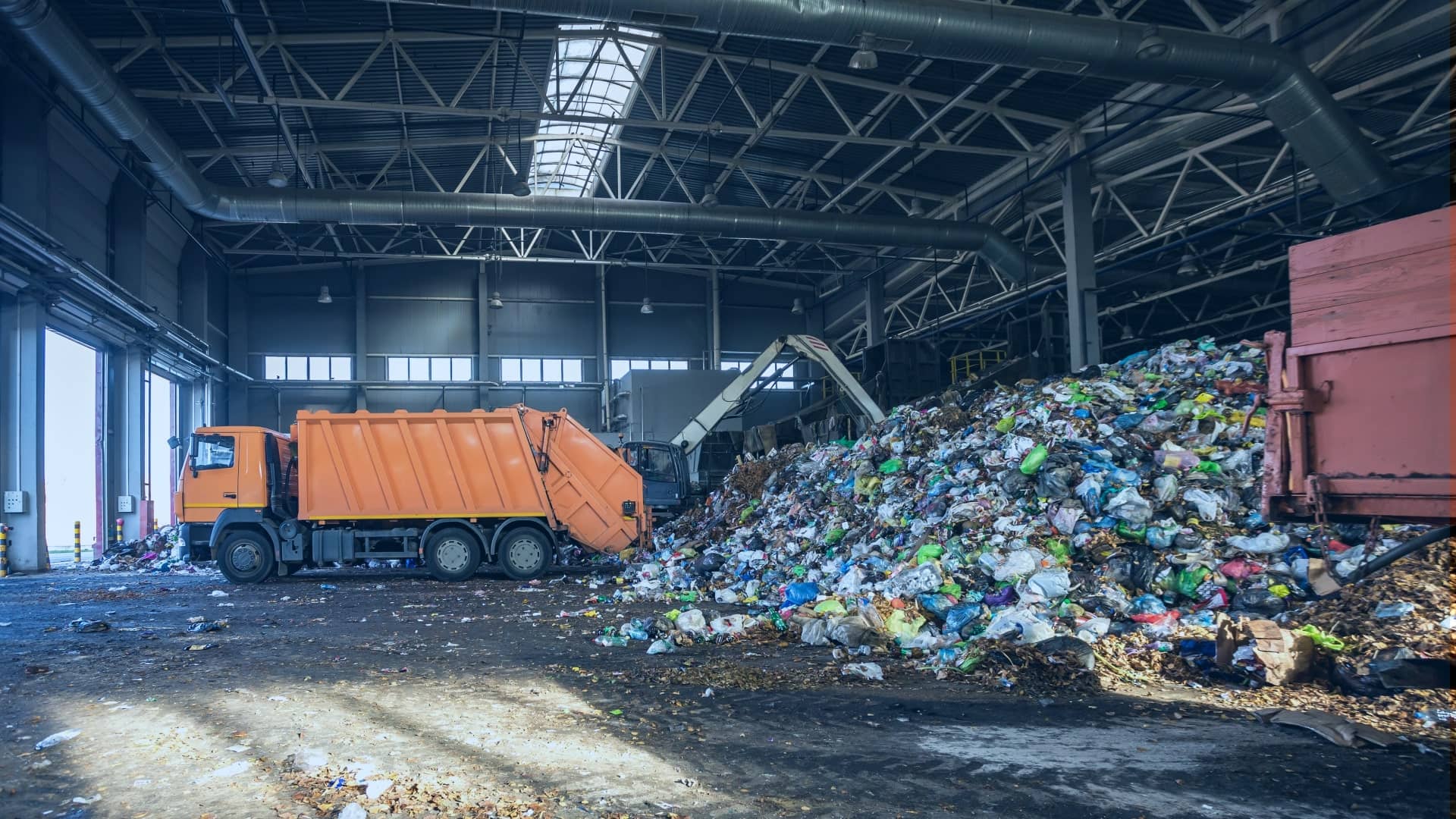The 7-Second Trick For Reclaim Waste
Table of ContentsThe Best Strategy To Use For Reclaim WasteUnknown Facts About Reclaim WasteThe Best Strategy To Use For Reclaim Waste4 Simple Techniques For Reclaim WasteThe Single Strategy To Use For Reclaim Waste
Discover the types, occurrences, and kinds of liquid waste. Residential sewage waste refers to the waste and items from a property septic system. This type of waste is produced by human beings in homes, schools, and various other structures. This only includes sewage-disposal tanks that have a drain area. The proper monitoring and disposal of domestic sewage waste require liquid waste to be moved to a sewage therapy plant where the appropriate approaches and tools are applied to cleanse and take care of waste.
Commercial waste often consists of prospective dangers, such as flammable products or a mixture of liquid and solid waste items, and calls for an extra advanced and in-depth disposal procedure. The disposal of business waste commonly includes the filtering of waste prior to transportation to make sure safe and correct disposal. Hazardous waste is developed from results and runoff of industrial processes and manufacturing.
This kind of waste can not use the exact same sewer management transport or procedures as septic or business fluids. The commercial waste administration procedure needs the examination and screening of fluid waste before it goes through the disposal process (industrial wastewater treatment). Drainage waste is the fluid waste that comes from runoff and excess stormwater in highly populated locations or cities
Drainage waste can cause contamination and flooding if not taken care of correctly. Making sure appropriate waste monitoring can stop disasters and lower environmental harm.
A Biased View of Reclaim Waste
Get in touch with PROS Providers today to learn concerning our waste administration and disposal solutions and the proper methods to take care of the liquid waste you produce.
(https://ameblo.jp/reclaimwaste1/entry-12874802223.html)This supposed 'wastewater' is not only an essential resource yet, after treatment, will certainly be released to our land, waterways or the ocean. Made use of water from bathrooms, showers, bathrooms, kitchen sinks, washings and industrial procedures is known as wastewater.

water made use of to cool equipment or tidy plant and devices). Stormwater, a type of wastewater, is runoff that streams from farming and urban areas such as roofing systems, parks, yards, roadways, paths and rain gutters into stormwater drains pipes, after rainfall. Stormwater streams untreated directly to regional creeks or rivers, at some point reaching the ocean.
The 7-Minute Rule for Reclaim Waste
In Queensland, most wastewater is treated at sewage therapy plants. Wastewater is carried from residential or industrial sites with a system of sewage systems and pump terminals, referred to as sewerage reticulation, to a sewer therapy plant. Neighborhood governments build, maintain and run most sewer therapy plants. Operators are licensed under the Environmental Security Act 1994 to release cured wastewater at an appropriate ecological standard into rivers.
The Department of Natural Resources recommends city governments concerning managing, operating and keeping sewage systems and treatment plants. In unsewered locations, city governments might call for householders to install specific or family sewage therapy systems to treat domestic wastewater from commodes, kitchens, shower rooms and laundries. The Division of Natural Resources authorises making use of family systems when they are shown to be effective.
In some brand-new class, treatment of some stormwater to eliminate trash, sand and gravel has begun making use of gross pollutant traps. Wastewater therapy happens in 4 phases: Gets rid of solid issue.
Utilizes little living microorganisms knows as micro-organisms to break down and get rid of continuing to be liquified wastes and fine particles. Micro-organisms and wastes are integrated in the sludge.
Things about Reclaim Waste
Nutrient removal is not available whatsoever sewer therapy plants because it calls for pricey specialized equipment. It is ending up being extra usual in Queensland. Clear fluid effluent produced after therapy might still have disease-causing micro-organisms. If this effluent is launched right into waterways such as rivers or the sea, the micro-organisms will ultimately die out.

The majority of wastewater streams into the sewerage system. Under the Act, regional governments provide authorizations and licences for ecologically relevant tasks (Ages) entailing wastewater releases that may have a regional impact.
About Reclaim Waste
Otherwise, examples are taken for lab evaluation. Frequently numerous tests are required to establish the degrees of each of the various pollutants such as oils, heavy metals and pesticides in water. Tracking supplies accurate details concerning water top quality and can confirm that permit problems are being fulfilled. The details acquired via monitoring provides the basis for making water quality choices.